COMMON PESTS
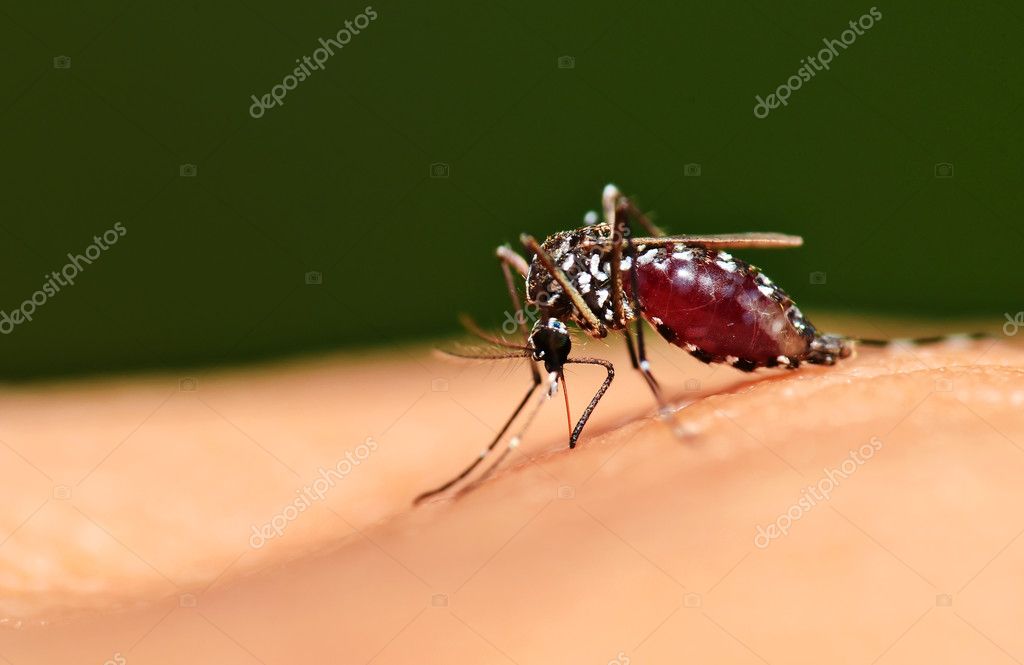
MOSQUITOES
A mosquito is an insect that bites humans and other animals and feeds on their blood. Male mosquitoes only consume nectar, while females need blood meals in order to lay viable eggs that will hatch.
Signs of Mosquito Infestations
- Mosquito larvae in stagnant water
- Noticing mosquitoes around your home
- Mosquitoes sometimes make the vexing high-pitched buzzing sound.
- Bite marks are a telltale sign, going from slightly painful to deeply inflamed and swollen.
Diseases brought by mosquitoes
Mosquitoes carry a variety of illnesses like:
- Malaria,
- Yellow Fever,
- Dengue Fever,
- Encephalitis,
- Chikungunya,
- West Nile Virus
- Zika
How to Deal with Mosquito Infestation
To control a mosquito infestation, homeowners can work with Green Army and learn how our mosquito maintenance treatment can help stop mosquitoes from harming your family.
Our automatic misting system and fogging treatment for special events is a more permanent way of completely solving your mosquito problem
To prevent mosquito-borne diseases, it is important to use repellents. While these items minimize the likelihood of bites, they do not prevent insect populations from growing around houses and lawns.
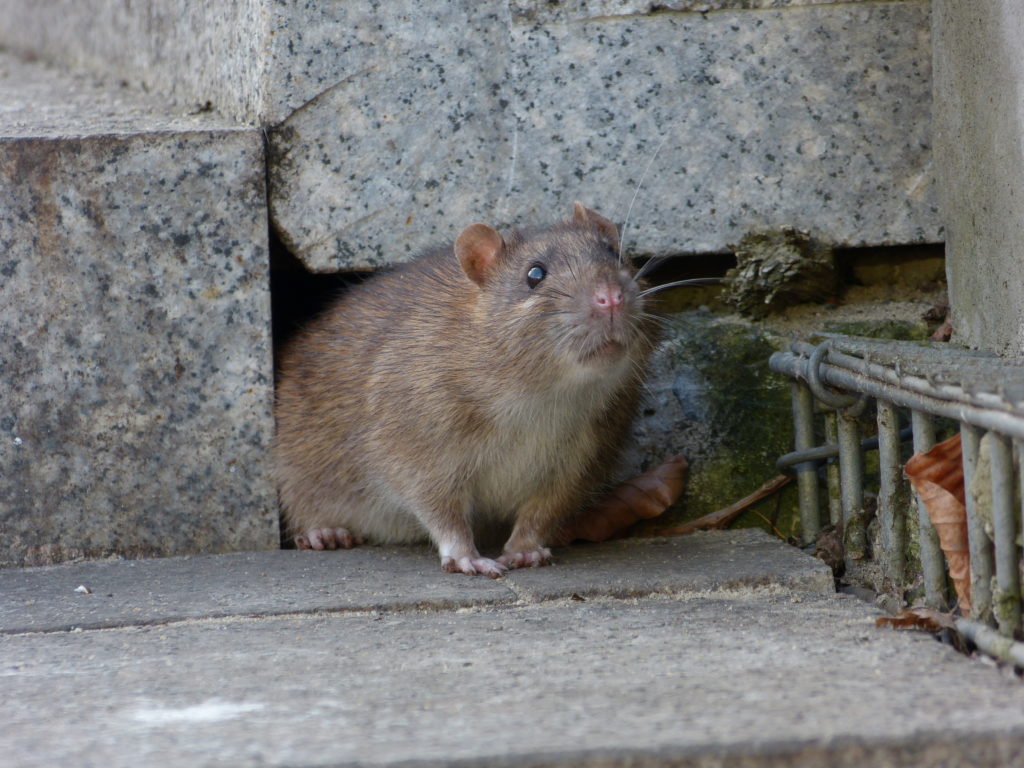
RODENTS
Rodents are a group of pests that includes mice, rats, and squirrels. These animals have the potential to contaminate food, cause property destruction, and transmit disease. They can be harder to keep out of a house due to their small size. Rodents enter your home through small cracks or holes.
Signs of Rodent Infestations
- Chew marks
- Foul odor
- Rodent droppings
- Tiny rodent footprints or tail tracks
- Chewed wires or materials
- Urine stains on shelves and in the back of drawers and cabinets
- Nesting materials (paper, cardboard, insulation, other fibrous materials)
- Scratching or thumping in walls
Diseases brought by Rodents
- Hantavirus Pulmonary Syndrome
- Rat-Bite Fever
- Salmonellosis
- Leptospirosis
How to Deal with Rodents
- Call Green Army to take care of your rodent problem. We have the expertise to quickly identify the type and extent of your rodent problem, and resolve it fast using environmentally responsible techniques. When we’re done, we sanitize the area of the infestation and identify what led to your rodent issue in the first place so we can take preventive steps against future infestations.
- To prevent a rodent infestation you can also try:
- Use rodent-resistant material to Seal any exterior gaps or holes
- Store food properly, do not leave any food out at night
- Throw food wastes right away.
- Make cleaning & sanitizing a priority.
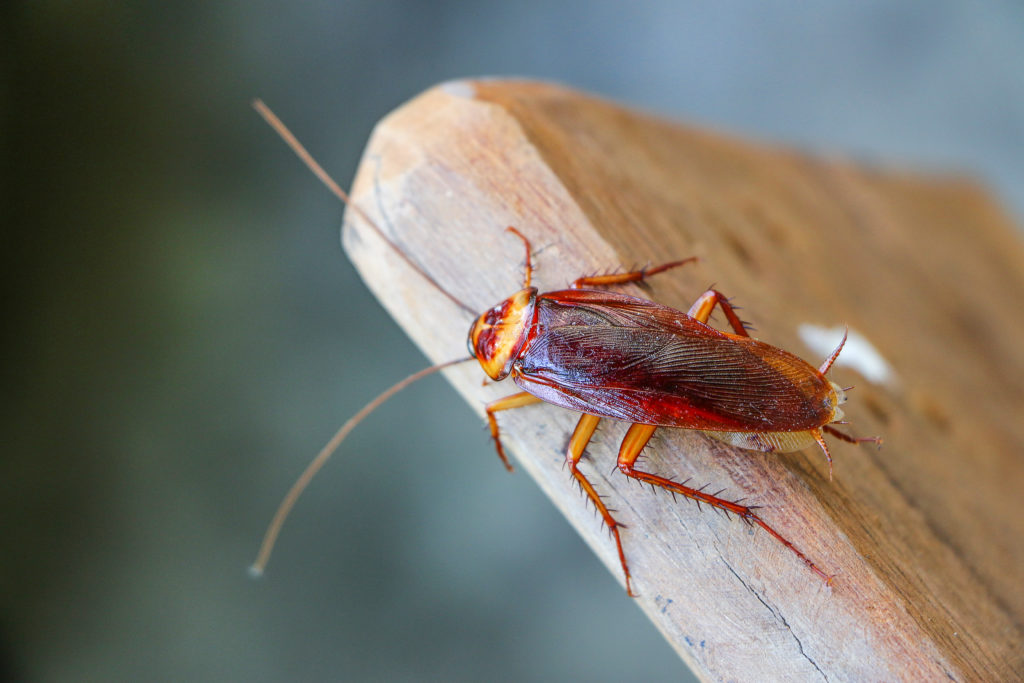
Diseases brought by Cockroaches:
They can transmit the following diseases:
- Salmonellosis
- Campylobacteriosis
- Listeriosis
- E. coli infections
- Typhoid fever
- Cholera
- Dysentery
- Leprosy
- Plague
Cockroaches can transmit diseases by Droppings, Vomit and Mechanical transfer from their feet and other body parts.
How to Deal with Cockroach Infestation:
- If you suspect a cockroach infestation in your house, the best way to do is to call Green Army to discuss our inspection and extermination options.
- You can also try the following prevention methods:
- Maintaining a safe and sanitary household is therefore the first step in preventing cockroaches from infesting your home.
- Keep sinks, kitchen, tables & floors, free of crumbs/clutter
- Do not allow dishes to pile up in the sink or spills to sit on the table.
- It’s also a smart idea to keep pet food in airtight bins and to stop keeping it out in the open.
- Seal cracks & gaps, which can be their entryway to your home
ROACHES
Cockroaches are often found in dark, warm and moist areas, and hide in secluded areas during the day. They have the ability to flatten themselves in order to fit through gaps between floorboards and walls. Roaches are most aggressive at night, as they hunt for food.
They can live for a month without food, 2 weeks without water, and 1 week without its head.
Signs of Roaches Infestations
- Visible cockroach feces looks like coffee grounds or black pepper
- Strong oily or musty odor
- Cockroach egg
- The bodies of dead cockroaches can also be seen all over the place.
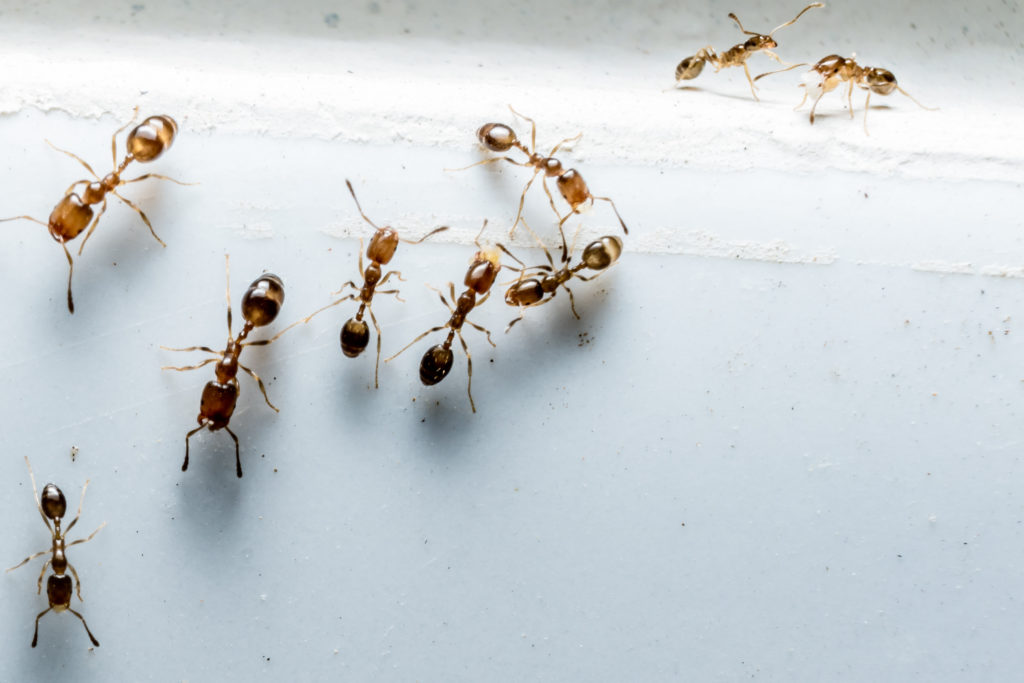
Signs of Ant Infestations
Here are the best ways to spot an ant infestation:
- Trail of ants at your home, or parts of your home
- Sawdust trails, this means that you have an ant type that likes to burrow into wood.
- Hollow sounds in wood areas that should have a dense solid noise, these are caused by ants like carpenters ants who like to burrow into wood.
- An ant nest, this looks like a pile of dirt where ants nests.
Diseases brought by Ants
Ant bites and stings can cause very severe symptoms and illness associated with allergic reactions and hypersensitivity to ant venom, regardless of the fact that they are not considered common diseases.
These stings usually leave lesions, but they may also cause severe discomfort, swelling, itching, and anaphylaxis, a life-threatening reaction that triggers shock.
How to Deal with an Ant Infestation:
- Here are a few things you can do to try to minimize the ant infestation:
- Place ant powder around your entrances and doors.
- In the garden, pour soapy hot water on an ant nest.
- To prevent ants, clean up any food spills in the forest.
When you’ve tried these methods to help contain any infestation and prevent further spread, it’s time to have your ant problem solved by Green Army.
OUTDOOR ANTS & FIRE ANTS
Ants are social insects that enter your home for any number of reasons, but more than likely, they are searching for food.
Red Fire ants sting rather than bite, despite the fact that they are often referred to as bites. Humans who damage a nest can be stung by red ants. The sting of a red imported fire ant is painful, and a raised welt that develops into a white pustule is common.
Where an individual is stung by red imported fire ants, he or she is likely to get multiple stings from multiple ants. People who are allergic to bee stings may have a more serious reaction to red ant “bites.”
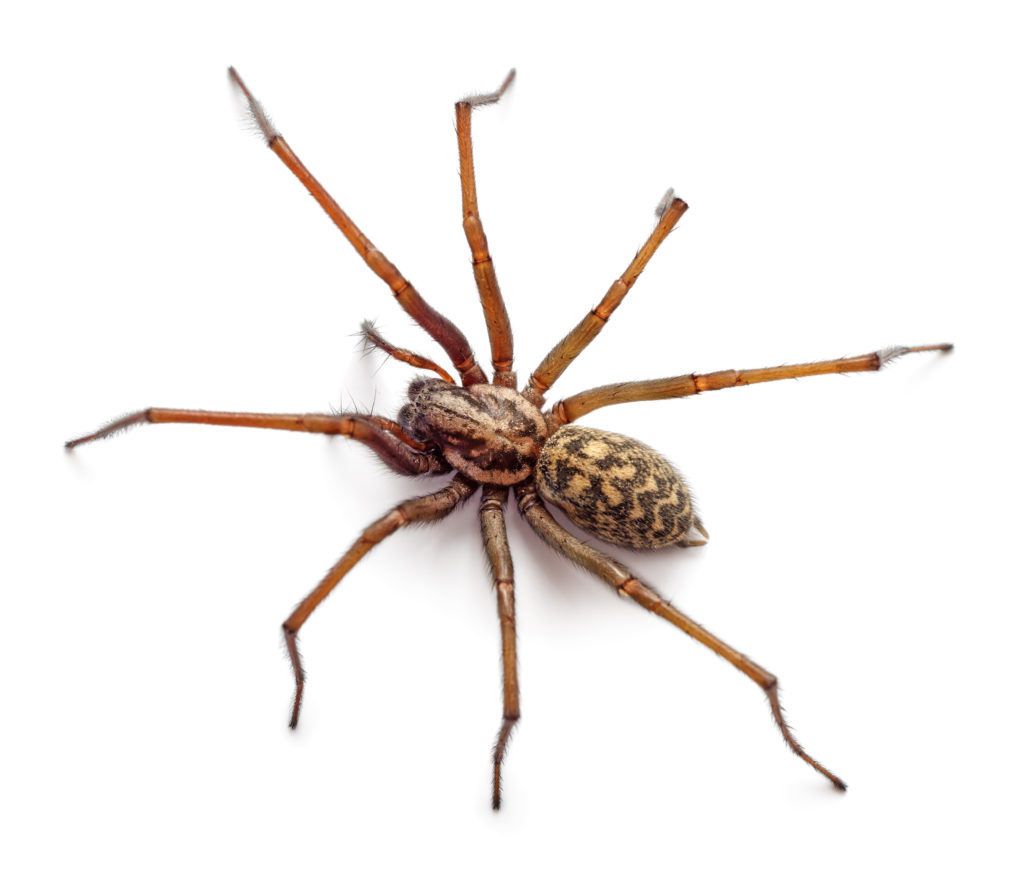
Diseases brought by Spiders
Spiders with deadly venoms include the Southern Black Widow, Redback, Chilean Recluse, and Brown Widow.
How to Deal with Spiders Infestation:
- Fill in gaps in walls, along pipes, and under doors to keep spiders out.
- Clean your house regularly, and remove noticeable webs
- Remove items that can be their breeding grounds like firewood piles, garden bags, compost piles and general clutter from near your property.
- Keep your attic, crawlspace, basement, well ventilated to decrease moisture.
- Deter insects that spiders feed on.
Keeping spiders and pests out of your home is an ongoing process, not a one-time treatment. Call Green Army for spider inspection and monitoring service at your home. We provide you the assurance that we can solve all your pest-related problems.
SPIDERS
In search of food, mates, warmth, or moisture, these pests can migrate indoors. Spiders are attracted to homes because of the existence of insects and other prey.
Although most spiders are harmless to humans, some species have venomous bites that can cause medical problems. The brown recluse, which is described by a violin-shaped marking on the top of its cephalothorax, the body portion composed of the spider’s glued together head and thorax, is the most prevalent venomous spider in the United States.
The black widow, which has a red hourglass outline on the underside of its jet-black belly, is another venomous spider.
Signs of Spider Infestations
- Finding egg sacs around the house
- Seeing more spiders & spider webs than usual
- Spiders are drawn to damp conditions, examine the basements, windows, sheds, and all other moist areas.
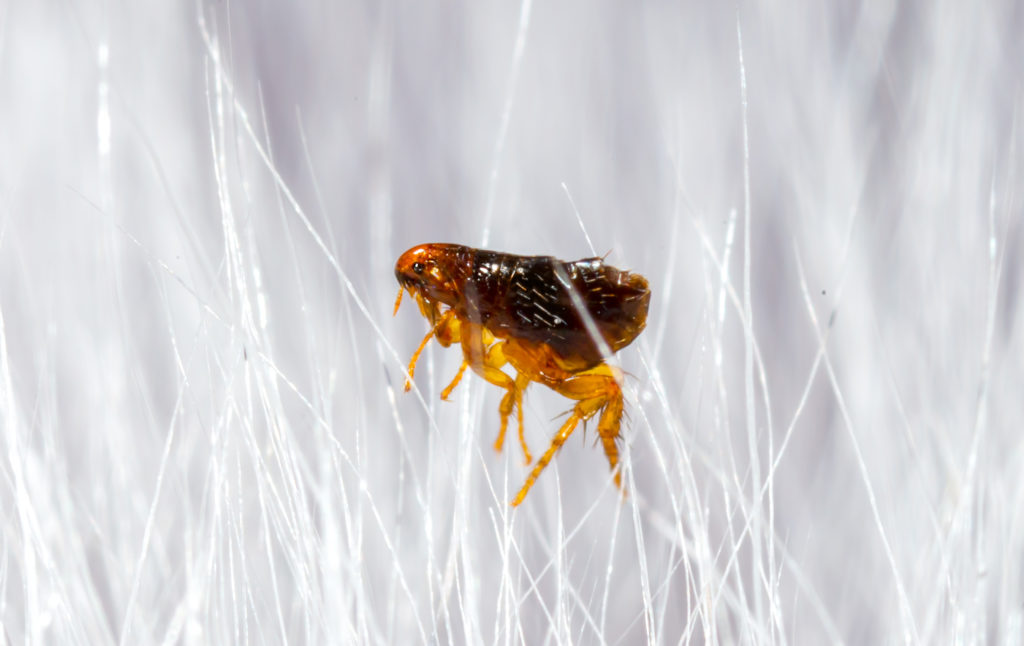
Diseases brought by Fleas
- Bubonic plague
- Murine typhus
- Tungiansis
- Tularemia
- Flea associated allergies
- Fleas as parasite vectors
How to Deal with Fleas
- Treat the source of the problem, bring your pets to the veterinary clinic for treatment.
- Clean your house most especially the carpet. Vacuum all areas as much as possible where fleas can be hiding.
The best way to deal with a flea infestation is to call Green Army. We have the proper equipment & exterminating methods to keep fleas & other pests invading your home.
FLEAS
Fleas are among the most challenging pests to deal with. Fleas are small, wingless insects that feed on the blood of animals and people. They’re small enough to get around without difficulty.
Signs of Flea Infestations
- Your pets are excessively scratching.
- Sudden hair loss by pets cause by constant scratching & biting at spots where they are getting bitten
- Welt & red skin caused by flea bites.
- Flea dirt. These are Small red-brown or black specks on your pet or around your home. To distinguish flea dirt from normal household dirt or dust, collect some onto a white paper towel. Spray with water. If you begin to see red or brown hues, it likely is flea dirt.
- Flea eggs. Fleas lay their eggs in the carpet because it provides a relatively safe space for them.
- Do the white sock test. Put on white socks that are knee-high (or at least calf-high) and move around the house for an afternoon, staying low to the carpeting and setting your feet up on furniture. Then look for fleas in the socks. It’s likely that a couple would be noticeable on your socks if there’s a pear infestation in your home.

Dangers brought by Wildlife Animals
- They cause structural damages and creates holes as their point of entry/exit.
- They are skilled at gnawing on wires and other materials.
- They leave waste in your home that attracts insects and diseases.
Here are common diseases brought by wildlife animals:
- Anthrax
- Australian bat lyssavirus
- Brucellosis
- Cat-scratch disease
- Cryptococcosis
- Giardiasis
- Hendra virus
- Hydatid disease
- Leptospirosis
- Listeriosis
- Melioidosis
- Psittacosis
- Q fever
- Ringworm
- Salmonella
- Sparganosis
- Tetanus
- Toxocariasis
- Toxoplasmosis
How to Deal with Wildlife Infestation
These animals like dark, undisturbed spaces like your basement, attic, and garage. They can contaminate food and disperse germs and diseases, but they can also ruin the home’s electrical wiring and insulation.
- Keep food and crumbs out of the kitchen and living rooms.
- Ensure that the food is properly covered and stored.
- Make sure the trash bin is well covered.
- Fill in any holes or cracks in your home.
- Clean the whole house, even hard-to-reach places.
We don’t suggest trying to manage a wildlife infestation on your own. They can be incredibly aggressive, and may carry deadly diseases. If you suspect a wildlife infestation in your house, contact us right away and we’ll be there to remove the wildlife infestation in no time
Green Army will identify all entrance and exit points by doing a thorough inspection of your house. Then, we’ll close and seal access points to prevent further entry in the future. And we’ll safely & humanely trap these wildlife animals.
WILDLIFE
Raccoons, opossums, squirrels, and other wild animals will cause problems on your home’s structure. They create entry points for other pests. They also create fire hazards, and become a danger to people and pets.
Wildlife animals that find food left out for pets to be similarly appealing.
Signs of Wildlife Infestations
Here are the most common signs of a wildlife infestation:
- Noises come from the walls or attic which are squeaking or scraping
- Rustling sounds from under your house or deck
- Unusual sounds, which seem to be louder at night or at dusk
- Garbage bins have been kicked over, and garbage has been littered everywhere.
- Urine stains that are brown and have a heavy odor on walls or floors
- Small brown feces droppings in and near your house
- Electrical wire or walls with wood chips or gnaw signs
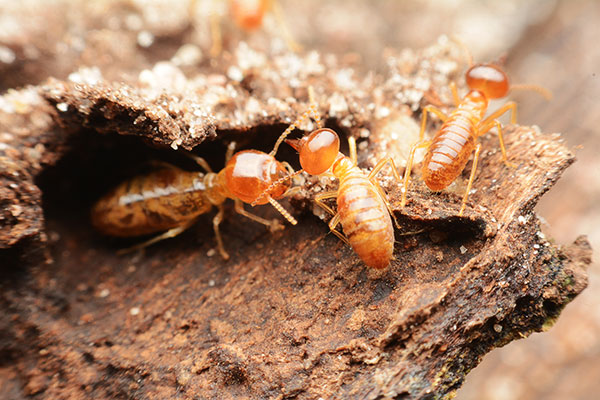
Why are Termites a Threat to your home?
Each year, termites cause more than $5 billion in recorded damage.
Termite infestations are often undetected before significant structural damage has already occurred. As a result, termite prevention and ongoing termite care are the most effective ways to protect your home and reduce the risk of costly repairs.
Termites may sting and bite, but their wounds are not poisonous. Termites are therefore not considered to bear viruses that are dangerous to humans. People who live in termite-infested homes, on the other hand, can have allergic reactions or even asthma attacks. Some people may even be allergic to termite saliva or droppings.
How to Deal with Termite Infestations
For an active infestation, it is highly suggested that you call Green Army. Getting rid of termites is not something you can do yourself. If they’re disturbed without professional treatment, they’ll just move somewhere else nearby. The Green Army has the knowledge and professionalism to take care of the problem the right way.
Here are simple tips you can do to prevent Termite Infestation:
- Inspect a home’s foundation for signs of mud tubes (termites’ way of getting to a food source), rough or bubbling paint, and wood that sounds hollow when tapped on a regular basis.
- Keep an eye on all wood exteriors, such as walls, door frames, and skirting boards, for any noticeable changes.
- Scheduling a professional inspection annually
TERMITES
Termites are social insects, when a population of termites establishes itself in your house, the foundation of the home becomes infested.
Signs of Termite Infestations
Here are common signs of a termite infestation
- Blisters in wood flooring
- Hollowed or damaged wood
- Evidence of Swarmers (that look like flying ants) near lights
- Small tunnels made out of soil or dirt
- Mud tubes
- Drywood termite droppings
